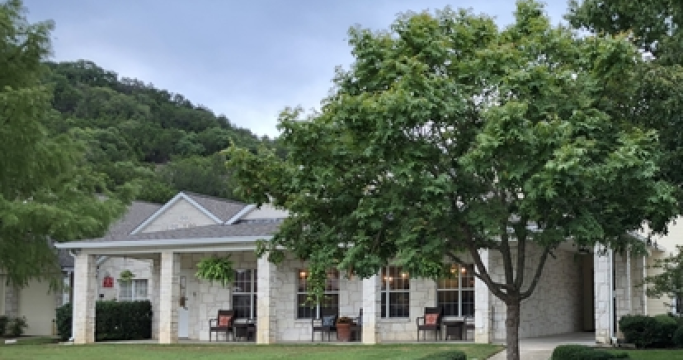FHA Healthcare Activity Remains Steady Through First Half of HUD’s Fiscal Year

Earlier this April, the U.S. Department of Housing and Urban Development (HUD) released production data for the first half of its fiscal year. HUD’s fiscal year ends September 30, so the data discussed below pertains to October 2021 through March 2022. The findings for LEAN Healthcare fundings show that activity has remained fairly consistent when comparing the first half of the past five fiscal years. While rising rates and ongoing operational challenges may act as headwinds to surpassing pre-pandemic levels of LEAN financing in the medium term, the benefits of HUD 232 financing – non-recourse, low-interest, fixed-rate loans with high LTVs – should keep the pipeline strong.
For H1 2022, there were 148 initial endorsements totaling roughly $1.7 billion, down slightly from $1.8 billion for H1 of fiscal year 2021 and $2.2 billion in H1 2020. The series high for Healthcare in the first half of the past five years was H1 2020, as the onset of the COVID-19 pandemic in the U.S. occurred in March of that year. The number of facilities financed stayed relatively the same over the first half of the past three years – 148 in H1 2022, 150 in H1 2021, and 149 in H1 2020.
But the mix of facilities has changed slightly. Roughly 66% of facilities financed in H1 2018 were Skilled Nursing or Immediate Care Facilities (SN/ICF). This increased to 75% in H1 2019, 80% in H1 2020, and has settled into the 70% range for H1 2021 (70%) and H1 2022 (72%). Assisted Living Facilities (ALF) comprise the bulk of the remaining share, at 31% in H1 2018, 24% in H1 2019, 19% in H1 2020, 27% in H1 2021 and 22% in H1 2022.
Roughly $850 million – or 50% of the H1 2022 volume of Healthcare funding – was (a)(7) activity (the refinancing of an existing HUD/FHA loan). It is interesting to note that – when annualized – this is the highest percent share of (a)(7) activity since 2013, when the 10-Year Treasury was at the 1.7% range as of April (similar to levels in January 2022). Of course, with the recent movement in rates, one can assume (a)(7) activity should slow down over the remainder of 2022.
“There is no question that it is going to take a while for HUD/FHA Healthcare activity to get back to the pre-pandemic levels seen when low rates coincided with a ‘business as usual’ environment – that is to say, one free from a global pandemic and severe staffing issues,” said Michael Gehl, Chief Investment Officer on the FHA Lending team at NewPoint Real Estate Capital. “The challenging fundamentals are exemplified by the drop-off in the 232/223(f) loan volume which is typically used to refinance bridge loans upon stabilized operations. If we annualize the first half of 2022 closings, there was $1.6 billion in 232/223(f) loan volume, that is less than half of the 2020 volume of $3.6 billion and $3.5 billion in 2019.”
In spite of a volatile market, NewPoint Real Estate Capital, which acquired Housing & Healthcare Finance (HHC Finance) in December 2021, showed strongly on the H1 2022 HUD/FHA Healthcare Rankings, securing the #2 spot for initial endorsements with $238 million across 15 transactions representing 3,147 beds/units. We expect the LEAN pipeline to remain strong over the next quarters and will provide an update in early October after the end of HUD’s Fiscal Year 2022.
For more information on your HUD/FHA LEAN financing needs, please get in touch with a member of our FHA Lending team.